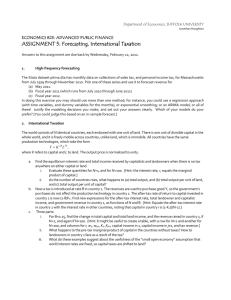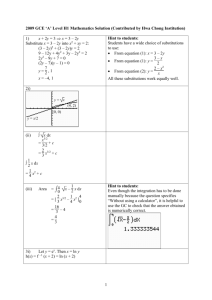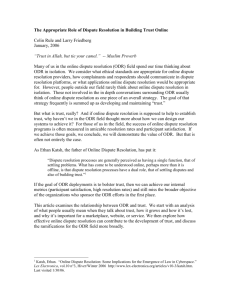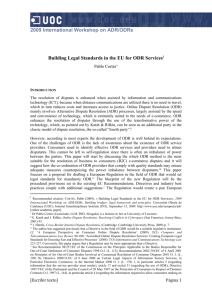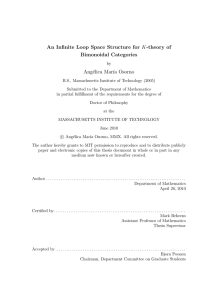Oxford Desk References
advertisement
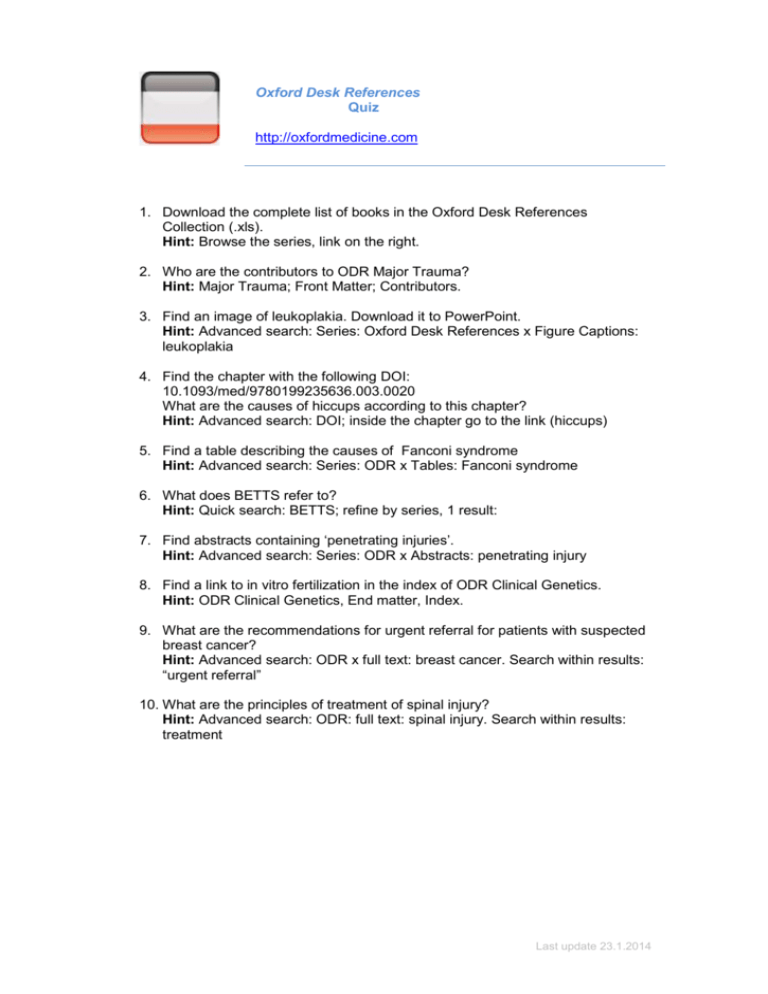
Oxford Desk References Quiz http://oxfordmedicine.com 1. Download the complete list of books in the Oxford Desk References Collection (.xls). Hint: Browse the series, link on the right. 2. Who are the contributors to ODR Major Trauma? Hint: Major Trauma; Front Matter; Contributors. 3. Find an image of leukoplakia. Download it to PowerPoint. Hint: Advanced search: Series: Oxford Desk References x Figure Captions: leukoplakia 4. Find the chapter with the following DOI: 10.1093/med/9780199235636.003.0020 What are the causes of hiccups according to this chapter? Hint: Advanced search: DOI; inside the chapter go to the link (hiccups) 5. Find a table describing the causes of Fanconi syndrome Hint: Advanced search: Series: ODR x Tables: Fanconi syndrome 6. What does BETTS refer to? Hint: Quick search: BETTS; refine by series, 1 result: 7. Find abstracts containing ‘penetrating injuries’. Hint: Advanced search: Series: ODR x Abstracts: penetrating injury 8. Find a link to in vitro fertilization in the index of ODR Clinical Genetics. Hint: ODR Clinical Genetics, End matter, Index. 9. What are the recommendations for urgent referral for patients with suspected breast cancer? Hint: Advanced search: ODR x full text: breast cancer. Search within results: “urgent referral” 10. What are the principles of treatment of spinal injury? Hint: Advanced search: ODR: full text: spinal injury. Search within results: treatment Last update 23.1.2014 Answers 1. 2. 3. – 4. • Gastric distension • Gastro-oesophageal reflux disease (GORD) • Raised intra-abdominal pressure, e.g. ascites, hepatomegaly • Steroids • Electrolyte imbalance (e.g. hyponatraemia, uraemia) 5. 6. 7. Birmingham Eye Trauma Terminology System 8. 9. • Discrete breast lump in postmenopausal women • Discrete lump persisting after next menstrual period in women aged ≥30 years • Lump with fixation with or without skin tethering or ulceration • Spontaneous unilateral bloody nipple discharge • Recent nipple retraction or distortion (within 3 months) • Nipple eczema • New breast lump in women who have previous history of breast cancer • Men aged ≥50 years with firm subareolar mass with or without skin changes or nipple distortion 10. The clinician must first protect, then detect and then manage patients with spinal injuries. The goals of treatment are: • Protect the neural elements and maintain/restore neurological function. • Prevent or correct segmental collapse and deformity. • Prevent spinal instability and pain. • Restore normal spinal mechanics. • Permit early ambulation and return to function (rehabilitation). Last update 23.1.2014




